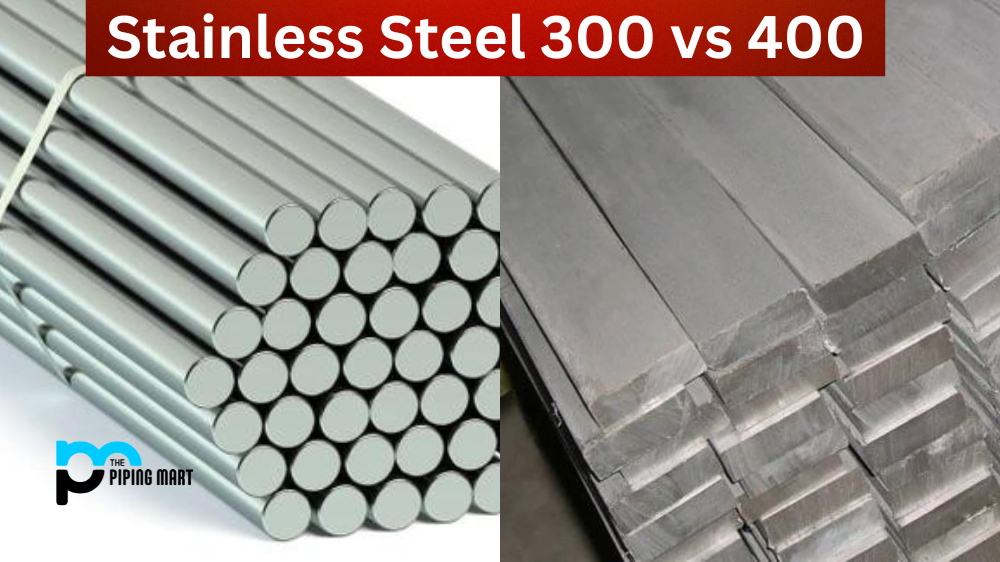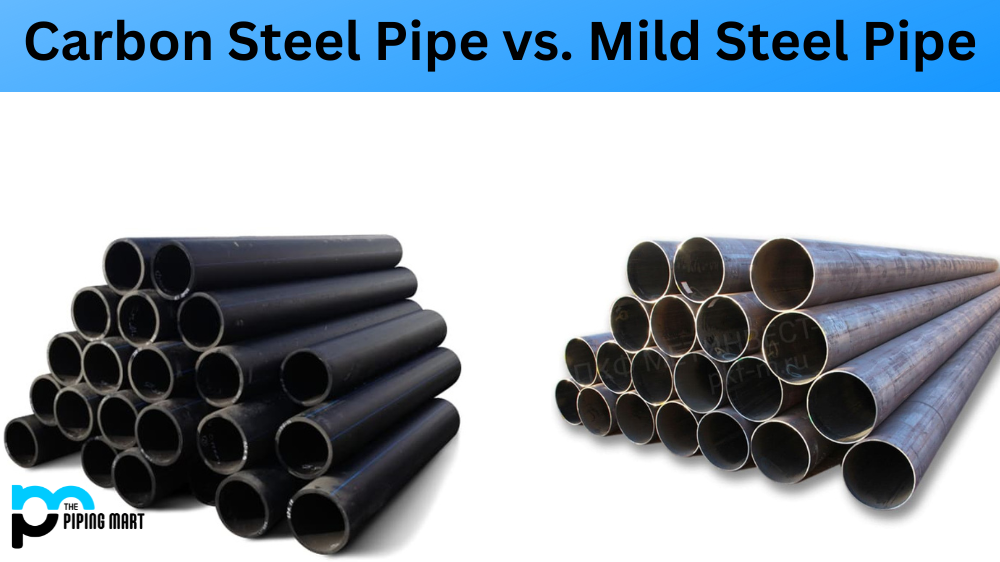When selecting the right steel for your project, there’s an overwhelming range of options. However, two types of steel, namely 1215 and 4140, are used frequently in various industries due to their toughness and strength. These steel variants are widely popular due to their specific attributes and usage in various applications. Let’s explore more about these two steels to determine which one is the best for which application.
What is 1215 steel?
1215 steel is a low-carbon steel that contains between 0.04% and 0.06% carbon. It is a highly machinable steel used in various applications, including automotive, aerospace, and construction. 1215 steel is also known for being easy to weld and for its excellent ductility.
What is 4140 steel?
4140 steel is a chromium-molybdenum alloy that contains between 0.8% and 1.2% chromium and between 0.15% and 0.25% molybdenum. It is a highly durable steel often used in applications requiring high levels of wear resistance, such as automotive and construction. 4140 steel is also easy to weld and has excellent ductility.
Difference Between 1215 Steel and 4140
Carbon Content
One of the primary differences between 1215 steel and 4140 steel is the carbon content. 1215 steel contains less carbon than 4140 steel, which gives it better machinability but lower wear resistance.
Chromium Content
Another difference between these two steels is the chromium content. 4140 steel contains more chromium than 1215 steel, which gives it better corrosion resistance but lower machinability.
Molybdenum Content
Finally, 4140 steel also contains more molybdenum than 1215 steel, which gives it better overall strength but lower weldability.
Conclusion
So, which steel is better? There is no straightforward answer here, as 1215 and 4140 steel possess unique characteristics that make them ideal for specific applications. Ultimately, the choice depends on various factors, such as the application’s demands, required mechanical properties, and the material’s cost-effectiveness. 1215 steel comes in handy when the priority is machining; on the other hand, when high strength is a necessity, 4140 steel is the clear winner. Both steels have their uses and benefits, and the selection would depend on your requirements.

A passionate metal industry expert and blogger. With over 5 years of experience in the field, Palak brings a wealth of knowledge and insight to her writing. Whether discussing the latest trends in the metal industry or sharing tips, she is dedicated to helping others succeed in the metal industry.




